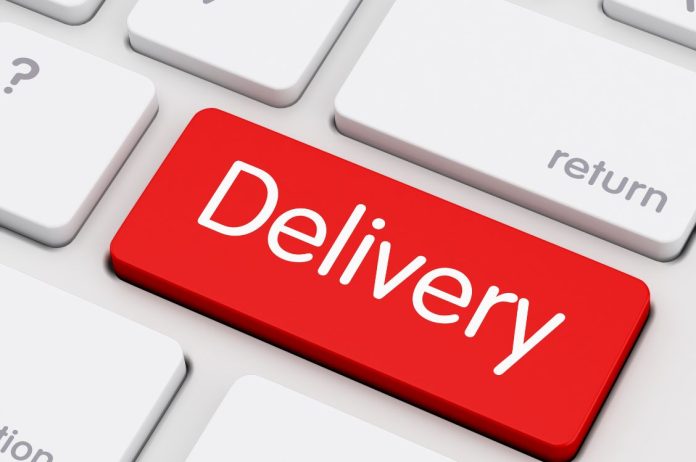The food delivery market has seen significant growth worldwide, and Brazil is no exception. With consumers increasingly seeking flexible and convenient dining options, the country stands out as a major player in the sector, accounting for 1.51% of global segment revenue, according to Statista data. Globally, the delivery market boasts an impressive US$$ 1.40 trillion.
Impact of the Pandemic on the Brazilian Delivery Market
The Covid-19 pandemic was a watershed moment for the food service sector. With social distancing measures and the closure of establishments, restaurants and bars had to reinvent themselves to survive. In 2020, the sector's losses in Brazil reached R$60 billion, forcing entrepreneurs to seek alternatives to keep their businesses active.
Delivery emerged as the most viable solution. Platforms like iFood saw a significant increase in demand, while the concept of dark kitchens—kitchens operating exclusively for delivery—proliferated, eliminating the need for a physical storefront.
Trends Shaping the Delivery Sector in Brazil
The future of delivery in Brazil promises to be shaped by several innovative trends. Among the most prominent are:
- Artificial intelligenceProcess automation and data analysis are improving operational efficiency and user experience.
- Drone DeliveryAutonomous vehicles are being tested to optimize delivery logistics, promising faster and more efficient service.
- Intelligent MenusCustom menus based on consumer profiles expand reach and include options for dietary restrictions and individual preferences.
- SustainabilityEco-friendly and practical packaging that reduces waste is gaining importance, reflecting consumers' growing concern for the environment.
- Healthy EatingThere is growing demand for healthier options, driven by increased concern for health and well-being.
Challenges for Delivery Platforms in Brazil
Despite growth, the sector faces significant challenges. Internal competition is fierce, with iFood dominating the Brazilian market and making it difficult for new competitors to enter. Furthermore, many restaurants are investing in their own platforms, increasing the competition.
Logistics and efficiency are also critical points. With increasingly demanding consumers, companies need to keep pace with technological advancements to ensure swift and quality deliveries, both in urban and remote areas. Another challenge is regulation and labor costs. The Brazilian government is discussing new regulations for app-based delivery drivers, which could impact the sector.
The Future of the Global Delivery Market
The global delivery market is projected to reach US$1.4 trillion in revenue by 2025, with an anticipated growth to US$1.89 trillion by 2029, representing an estimated annual growth rate of 7.83%. China and the United States remain the largest markets, but Brazil also shows positive prospects. Projected revenues for the country are US$21.18 billion in 2025 and US$27.81 billion in 2029, with an annual growth rate of 7.04%.
Given this scenario, delivery services are likely to become even more entrenched among Brazilians, offering a viable and convenient alternative for the food sector, especially during times of economic uncertainty.


